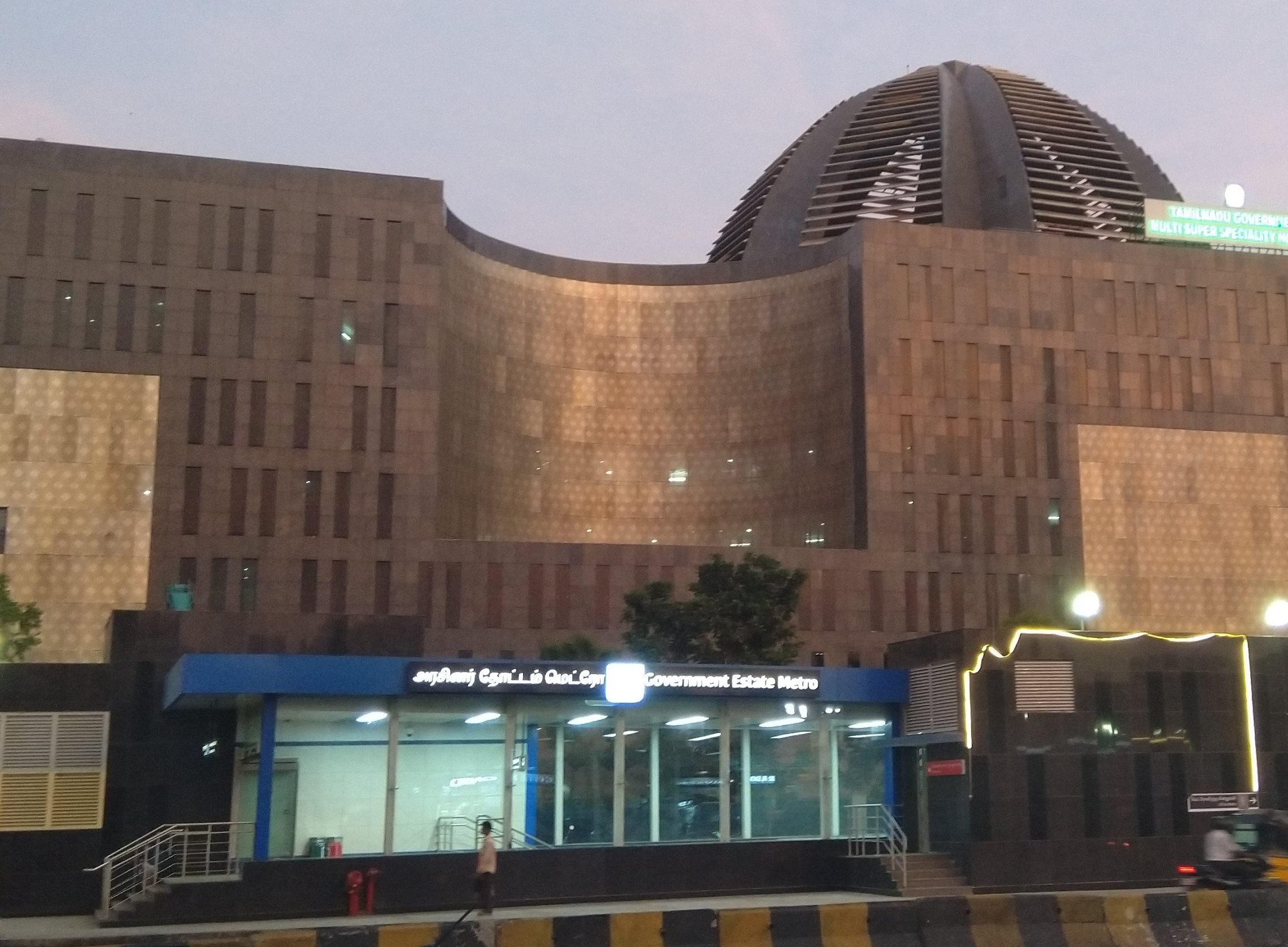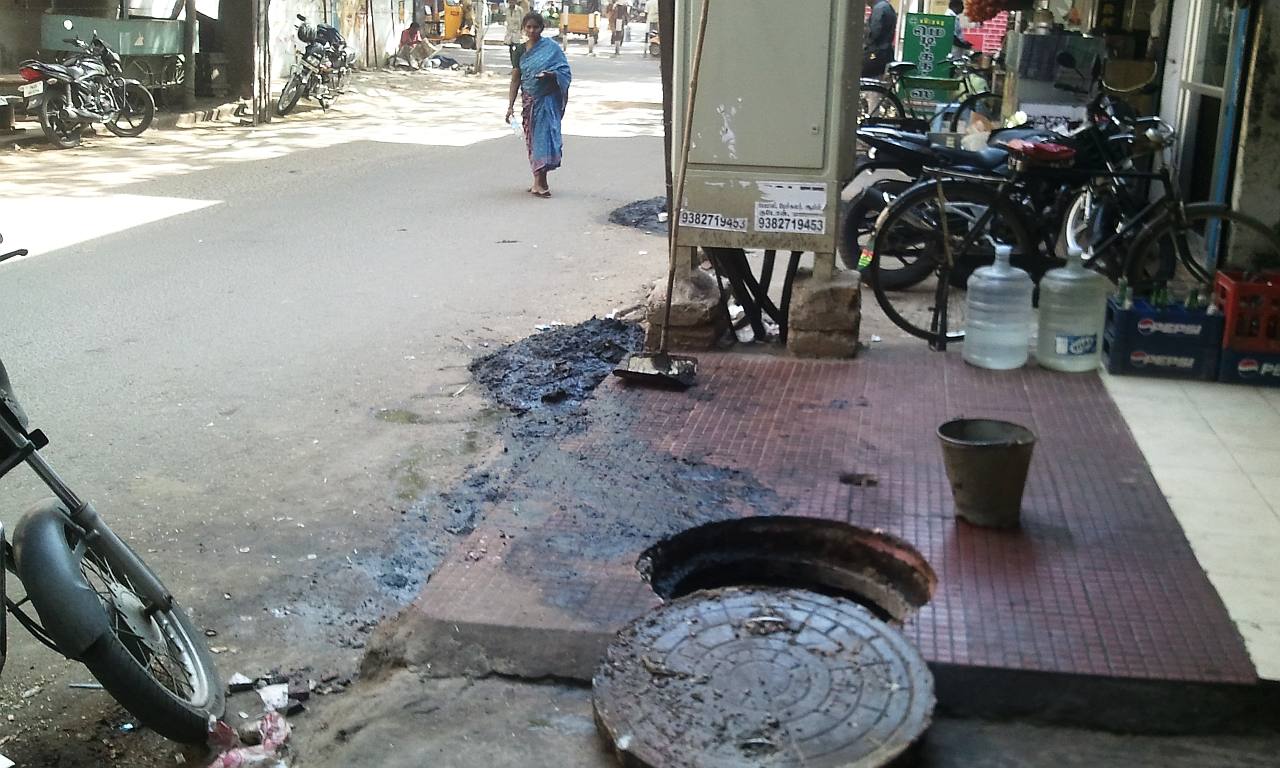India’s urbanisation trajectory is still in the lower realms, with much of the infrastructure yet to be built. This is also a time when business and special interests are quietly working to influence the course of urban planning, creating lock-in effects for facilities being planned or built – public buildings, energy, parks and playgrounds, mobility systems such as trains, bus systems and non-motorised transport.
I have a close connection to the urban form, and try to analyse the directions of such planning.

Here are some links to recent articles that I have written on these topics.
How flyovers create more problems than they solve
Looking at nature in cities, this time at butterflies: The lives of butterflies of Tamil Nadu – from tiger reserves to city parks
The DMK government in Tamil Nadu proposes to raise property taxes and other service fees. But it cannot be business as usual on civic governance. Responsive civic governments can pull off higher property taxes
In this article, I look at the poor outcomes of the Miyawaki method of greening the city, since it sharply diverges from the natural course of tree growth. Why sacred groves will work better than Miyawaki forests to make Chennai green
My earlier columns in The Hindu can be accessed here: https://www.thehindu.com/news/cities/chennai//article54691585.ece
The direction of urbanisation depends crucially on citizen participation. Make your voice heard with your local body representatives, MLAs, MPs and civic agencies to make the future of India’s cities people-friendly!


You must be logged in to post a comment.